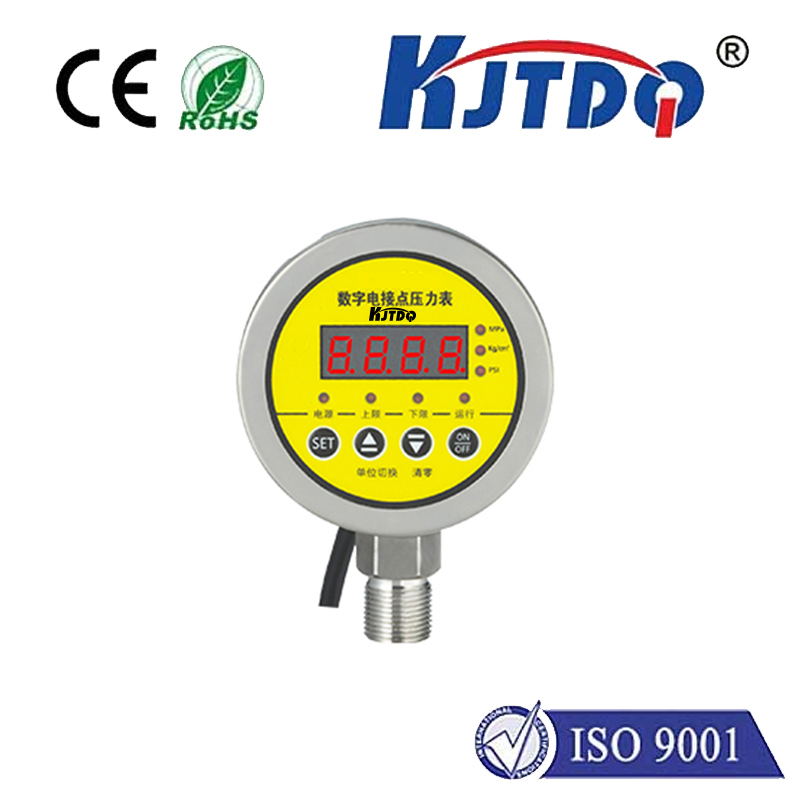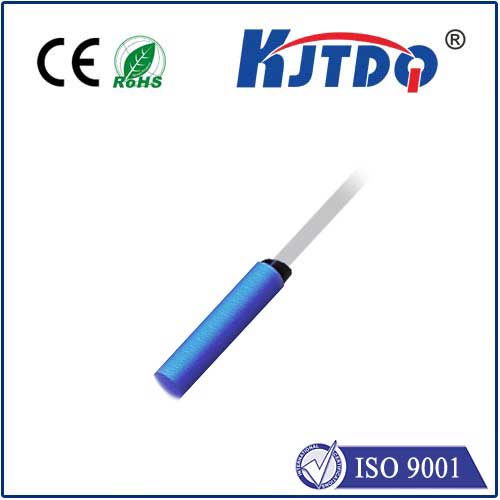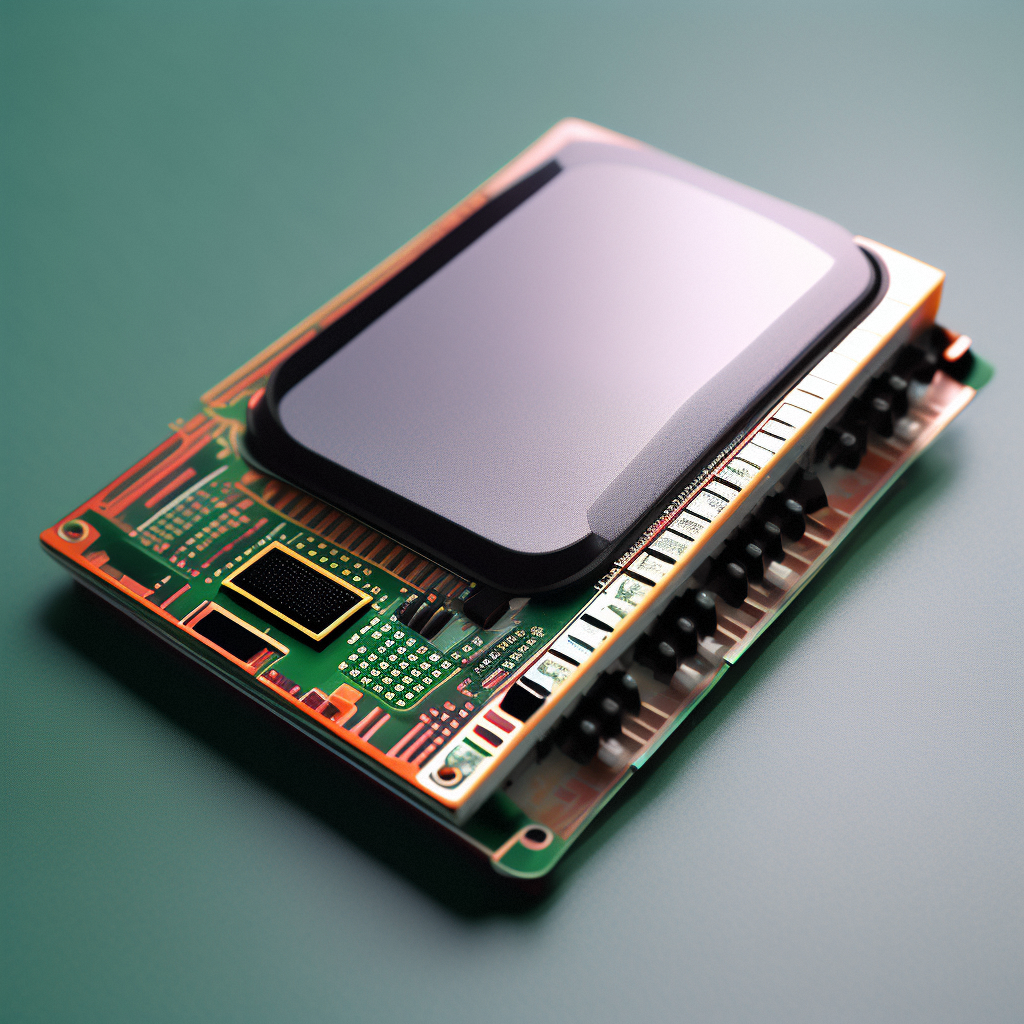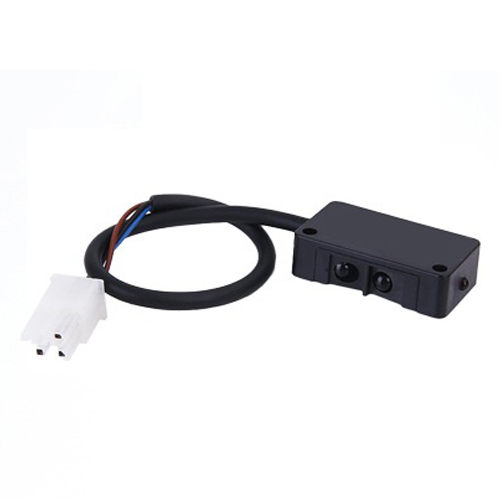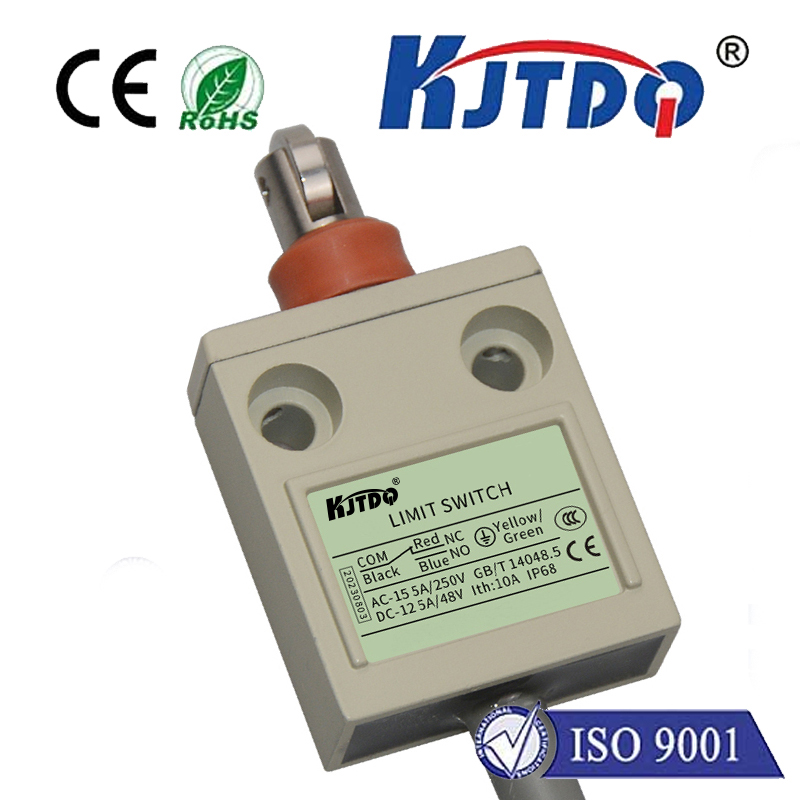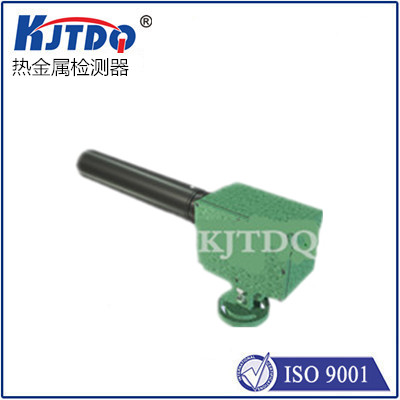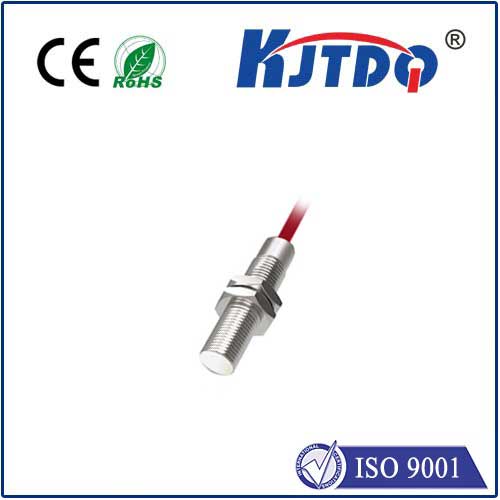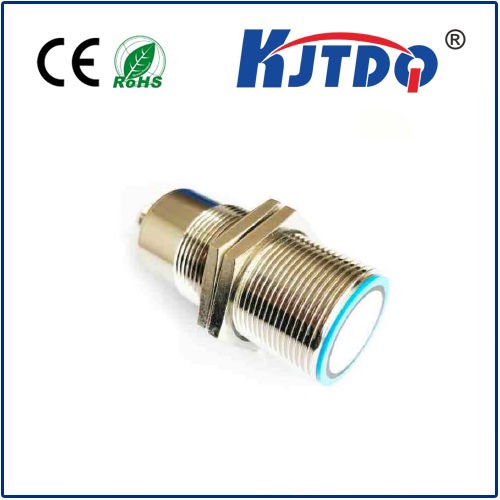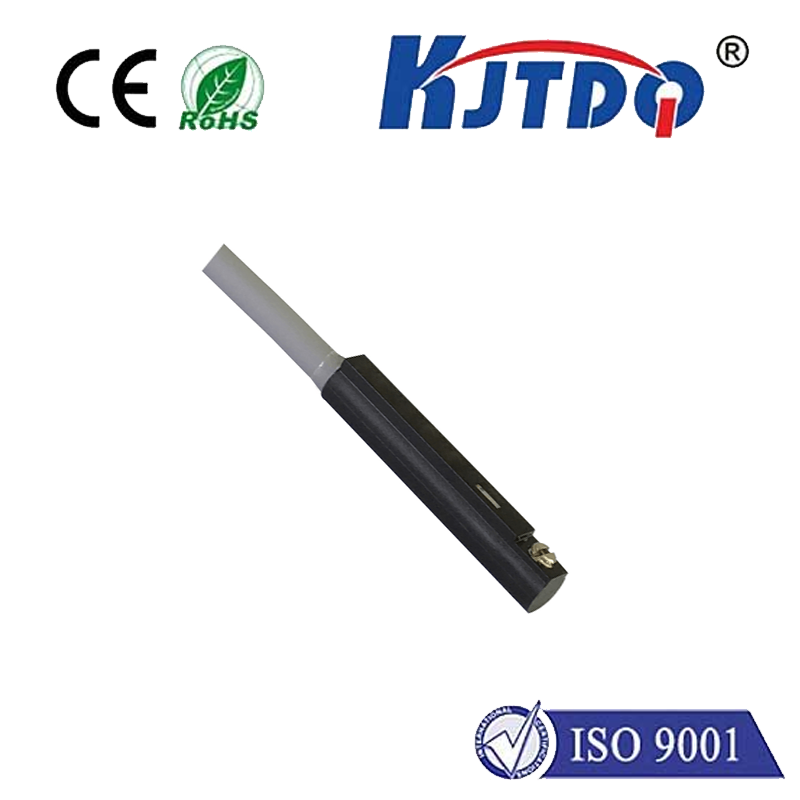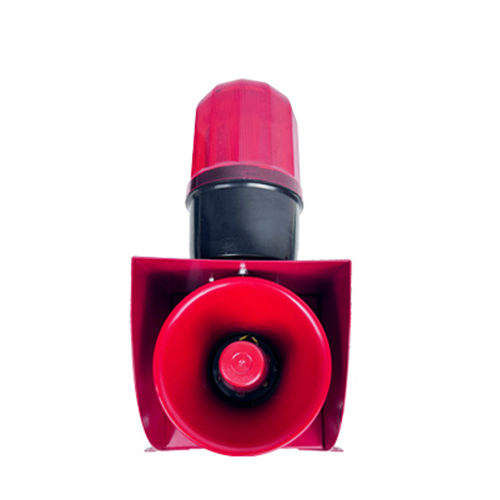temperature probe
- time:2025-08-25 02:21:26
- Нажмите:0
Temperature Probes: The Unsung Heroes of Precision Measurement
Imagine pulling a perfectly cooked Thanksgiving turkey from the oven, its skin golden brown and juices running clear – all thanks to a simple digital thermometer probe inserted hours before. This everyday miracle hints at something far more profound: temperature probes are fundamental, often invisible tools governing precision and safety across countless facets of modern life. From ensuring your coffee is brewed at the optimal flavor point to guaranteeing the structural integrity of jet engine components, these sensors are the silent sentinels continuously monitoring thermal conditions with remarkable accuracy.
But what exactly is this ubiquitous device? At its core, a temperature probe is a specialized sensor designed explicitly to measure temperature. It acts as the critical “front line,” detecting thermal energy from its environment or a specific object and converting that physical stimulus into a quantifiable signal – typically electrical. This signal is then transmitted to an indicator, controller, or data logging system. Understanding this conversion process unveils the true sophistication behind these seemingly simple tools.

The science behind the sensing, primarily involving thermocouples or RTDs, is fascinating:
- The Thermocouple Principle: When two different metals are joined at one end (the measuring junction or ‘hot junction’) and the other ends are connected to a measuring instrument (at a known ‘cold junction’ or reference temperature), a small voltage is generated. This Seebeck effect voltage is directly proportional to the temperature difference between the two junctions. Measure the voltage, account for the reference temperature, and you have the target temperature. Thermocouples are prized for their wide temperature range, ruggedness, and fast response times, making them ideal for harsh industrial environments like furnaces or engine exhausts.
- Resistance Temperature Detectors (RTDs): RTDs operate on a different principle: the electrical resistance of certain pure metals (most commonly platinum) increases predictably and linearly as their temperature rises. By precisely measuring this change in electrical resistance, the temperature can be determined with exceptional accuracy and stability. Platinum RTDs (Pt100, Pt1000) are renowned for their high precision and repeatability, often used in laboratories, pharmaceutical manufacturing, and processes requiring tight temperature control.
- Other Technologies: While thermocouples and RTDs dominate industrial and scientific applications, other probe types exist:
- Thermistors: Semiconductor devices offering high sensitivity over limited ranges, ideal for medical devices, battery packs, or environmental monitoring due to their small size.
- Infrared (IR) Sensors: Non-contact probes measuring surface temperature based on emitted infrared radiation (discussed separately, as they don’t require physical contact like probing sensors).
Choosing the right temperature probe isn’t guesswork; it requires careful consideration of the application: Not all probes are created equal. Selecting the optimal one hinges on several critical factors:
- Temperature Range: Does your application involve cryogenic freezing (-196°C for liquid nitrogen) or extreme heat (over 1000°C in a kiln)? Probes must be rated for the specific expected operating range and potential extremes.
- Accuracy & Stability Requirements: Is ±0.1°C crucial (e.g., critical lab work, reference standards) or is ±2°C acceptable (e.g., some bulk process monitoring)? RTDs typically offer higher accuracy than thermocouples.
- Response Time: How quickly does the probe need to react to temperature changes? A thin thermocouple junction immersed in liquid will respond much faster than a thick-sheathed probe in air. Fast thermal response is vital for dynamic process control.
- Environment: Consider chemical exposure (requiring special sheath materials like Inconel or Hastelloy), mechanical stress/vibration, pressure, and potential for electrical noise. Robust probe construction is essential for longevity in harsh industrial settings.
- Physical Size & Installation: Probe dimensions and specific installation methods (insertion depth, immersion length, mounting) significantly impact measurement accuracy and effectiveness.
The reach of temperature probes extends far beyond food safety into truly mission-critical domains:
- Industrial Process Control & Manufacturing: Precise temperature monitoring is non-negotiable in chemical reactions, oil refining, metal heat treatment, plastic molding, semiconductor fabrication, and power generation. Probes ensure product quality, process efficiency, safety, and compliance. A probe failure within an industrial furnace can lead to catastrophic product loss or even dangerous situations.
- HVAC & Building Management: Probes monitor air and water temperatures in chillers, boilers, ductwork, and individual rooms. This data is vital for optimizing energy efficiency, ensuring occupant comfort, and enabling predictive maintenance.
- Scientific Research & Laboratories: From monitoring delicate chemical reactions and biological samples (incubators, freezers) to calibrating equipment, high-accuracy probes like RTDs and specialized thermistors are indispensable tools for reliable data.
- Automotive & Aerospace: Probes monitor engine coolant, oil, exhaust gases, cabin air, and electrical systems. They are fundamental to engine management for performance and emissions control, battery thermal management in EVs, passenger comfort, and overall vehicle safety systems. Turbine inlet temperatures in jet engines are monitored with incredibly robust thermocouples.
- Healthcare & Pharmaceuticals: Ensuring vital sterility during autoclaving, maintaining precise conditions in incubators and refrigerators for blood/blood products/vaccines, and monitoring patient body temperature are all critical applications. Reliable temperature probes are paramount for patient safety and drug efficacy. The stringent requirements of vaccine cold chains rely heavily on calibrated probe systems.
- Food & Beverage: Beyond kitchen use, probes are essential throughout the supply chain – pasteurization, cooking, drying, chilling, freezing, storage, and transport (refrigerated trucks/containers). Compliance with food safety regulations like HACCP demands verifiable temperature monitoring.
Optimizing performance relies on proper handling and awareness of limitations: Even the best probe requires mindful use:
- Ensure adequate insertion depth: Shallow immersion can lead to significant measurement errors due to stem conduction, especially in gas or air applications.
- Consider thermal lag: The probe measures its own temperature. Optimizing thermal contact and minimizing thermal mass speeds up response and improves accuracy reflecting the target temperature.
- Protect from electrical noise: Shielded cables and proper grounding are crucial for thermocouples and RTDs in electrically noisy industrial environments.
- Regular calibration: Over time, probes can drift. Periodic calibration against a known reference standard is essential to maintain measurement confidence and traceability.
- Understand probe dynamics: A probe in a flowing fluid will often read differently than one in a static area. Consider the environment when interpreting readings.
From the kitchen counter to the depths of industrial furnaces and the frontiers of scientific discovery, the temperature probe remains a fundamental enabler. It provides the essential data points that allow us to control processes, guarantee safety, ensure quality, and unlock efficiency across the global technological landscape. Choosing the right probe, installing it correctly, and maintaining it diligently ensures this unassuming hero continues its vital work reliably and accurately. Investing in the right temperature measurement tool is an investment in precision itself.

